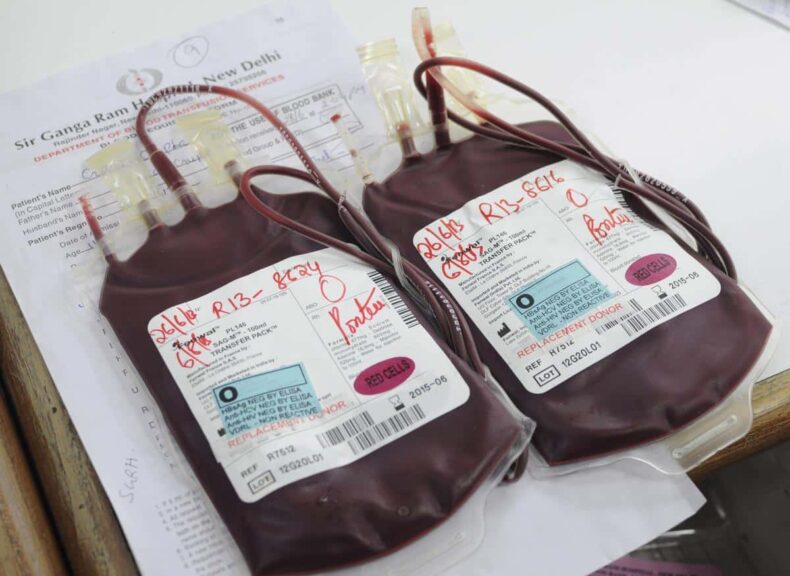While blood transfusion is often considered therapeutic, transfusion of stored RBCs can often have detrimental effects on recipients. Stored RBCs (pRBCs) can be stocked up to 42 days before transfusion. It is classified as young or fresh RBCs(<14-21 days), or old RBCs(stored between 21 to 42 days) based on the storage time dependency of DAMPs cells. Storage of RBCs induces biochemical and biomechanical changes, hence post 42 days pose a risk to patients immunomodulatory response.
Although previous attempts were made to tackle the storage conditions like adding preservatives, rejuvenate solutions, leukoreduction process(expensive so in India <10% of blood banks use this process) and cryopreservation protocols. However none of them solved the problem. Therefore, what drives for developing new technology is the desire to develop an affordable intercession that could be used in developing and under-resourced countries.
Therefore a new approach was developed by a team led by Praveen Kumar Vemula, Associate Professor, STEM, Bengaluru, found that sporadic rupturing of stored DAMPs using electrospun-charged nanofibrous sheets can slow down the deterioration of RBCs. The most studied DAMPs in this study are extracellular free iron, and free hemoglobin caused due to rupturing of cells, bioactive lipids, extracellular DNA, and nucleosomes generated by nucleophiles.
Role of Nanofibrous sheet
DAMPs are charged molecules with anionic or cationic nature. Thus they have hypothesized that through ionic interaction, charged nanofibrous sheets with anionic(Tau-NFS) or cationic(Acr-NFS) polymers might scavenge the DAMPs.
This intermittent removal enhances and increases the shelf life of stored RBCs by ~22%.
Damage associated molecular patterns(DAMPs) are molecules within cells that are released from the cell at the time of cell damage or when cells die due to trauma or attack by any pathogen. They are a part of our immune responses. They act as a warning signal in an organism.
Positive observations after scavenging DAMPs
Using Tau–AcrNFS two possible phenomenon were observed
- The lesion formed after 42 days in human old RBCs, could efficiently be scavenged and removed by Tau-AcrNFS.
- The intermittent scavenging using Tau–Acr nanofibrous sheet either at 21st or 28th day resulted in significantly less production of DAMPs when compared on 42nd day, and reduced the loss of RBC membrane integrity.
- There was no cell death or rupture after successful treatment with NFS.
- Less than 1% of hemolysis was observed for Tau-Acr NFS.













